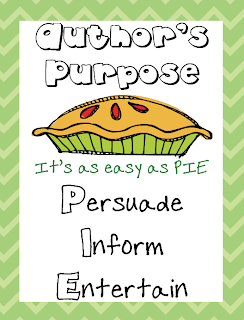
But python seems to be transitioning right now from 2 to 3. I’ve heard with python, there’s often only one way to do things - this has some appeal. I’d like to play around with tools like tc and stashboard. My day to day is php & js, so this is all coming from that angle. The choice was being between python and ruby. I decided a few weeks ago to pick up a new language. Ps: you can follow for updates, or me, for general nonsense. You can go ahead and kick the tires - you don’t have to login to try out the multi-tweet preview function. There’s a few other features that I’d like to add at some point - direct messages being top of the list.Īs for the next step, but I’m thinking it might be fun to find a designer on who likes the app idea, and would like to do a reskin, and run an a/b test against my design. The auto-splitting worked better than i thought it would, so the preview seemed enough. I ended up removing “edit individual tweets before posting” functionality - seemed unnecessary. The final tool pretty much matches what I first imagined. I think it might be handy for some people.

In the end, I think i succeeded, and when I find the time & know a bit more I will extract and clean up that portion with some clear instructions for deploying. One part of the idea is I want an easy to play with twitter framework, where I can just focus on the front end. i <3 named args, and think doc is just a swell idea. And that I lack experience with python debugging. The biggest hiccup was missing that you need. Overall, I find myself liking python, and had a fairly easy time of it.

With (very) little knowledge of python, I was able to glue together a working backend - twitter oAuth (thanks mikeknapp) + api, user session(thanks dound). It’s possible I might hit the quota limits, but that would be a good problem to have. It’s dead easy to get started serving up static files, comes with a good tool ( os x) for running your app locally and deploying. So I decided to give it a shot for this project, and I have to say I love it. Last month I was introduced to google app engine, - I didn’t have much to do with the backend work at the time (pretty much copy paste), but I liked what i saw. And that seems to have fixed the problem on android.
#Mindcad tiler android
an android browser crashed :) I’ve disabled preview-on-typing in mobile - that feature didn’t make sense for the screen size. :)īonus points to yui3 - I did 0 testing with mobile, everything worked on ios the first time i tried it. There’s room for improvement, but it doesn’t smell too bad. I think i’ve finally broken through to where recursion feels natural to think about.

Pretty pleased with the code to break up the text into tweet sized chunks.
#Mindcad tiler full
yui3 is full of all sorts of wins, so if you’re doing front end app development and haven’t checked it out, you’re doing yourself a disservice.

Learnt about the synthetic valueChange event, which is handy when you are watching a textarea. Yui3 was, as always, a pleasure to work with. Overall, I’m pretty happy both with what I learned, and what I put together in 1 weekend and 3 nights of yui3, python, google app engine, twitter api. I was pretty convinced the front end could be pieced together in about a day. A few weeks ago I had this idea for a tool which would allow me to easily post multi-tweet tweets on twitter.


 0 kommentar(er)
0 kommentar(er)
